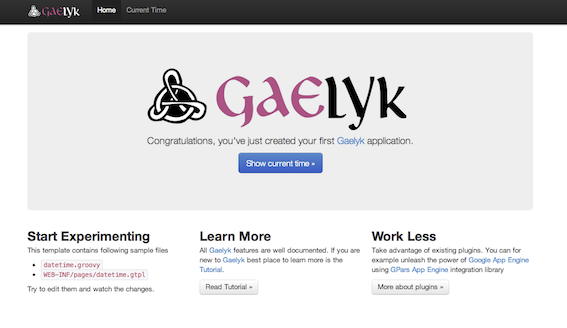A bit of functional tests and concurrency for Gaelyk
Along with the release of Gaelyk 1.2, I’d like to share two interesting links about running functional tests with Geb, and concurrency / parallelism with GPars on Gaelyk.
Gaelyk functional testing with Geb
In the Groovy ecosystem, we’re all aware of the Spock testing framework. On top of Spock, you can use the Geb browser automation library, to easily create functional tests for your web applications, in a nice, readable and expressive fashion.
Read more...

